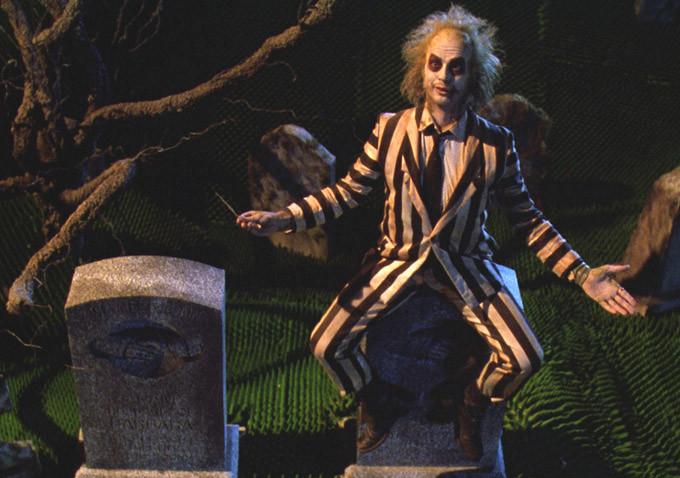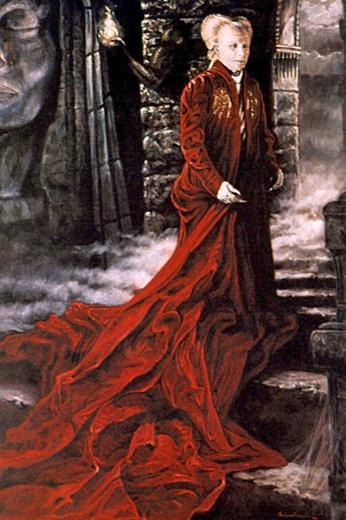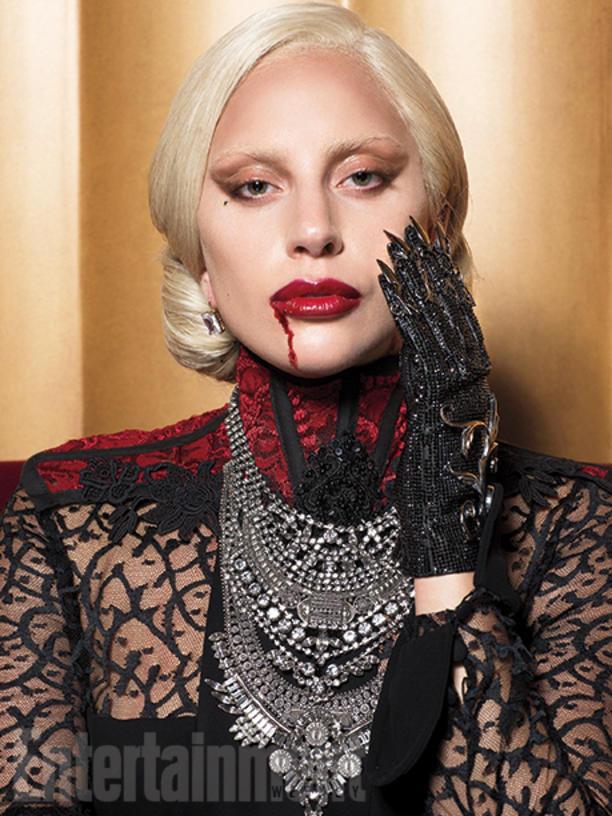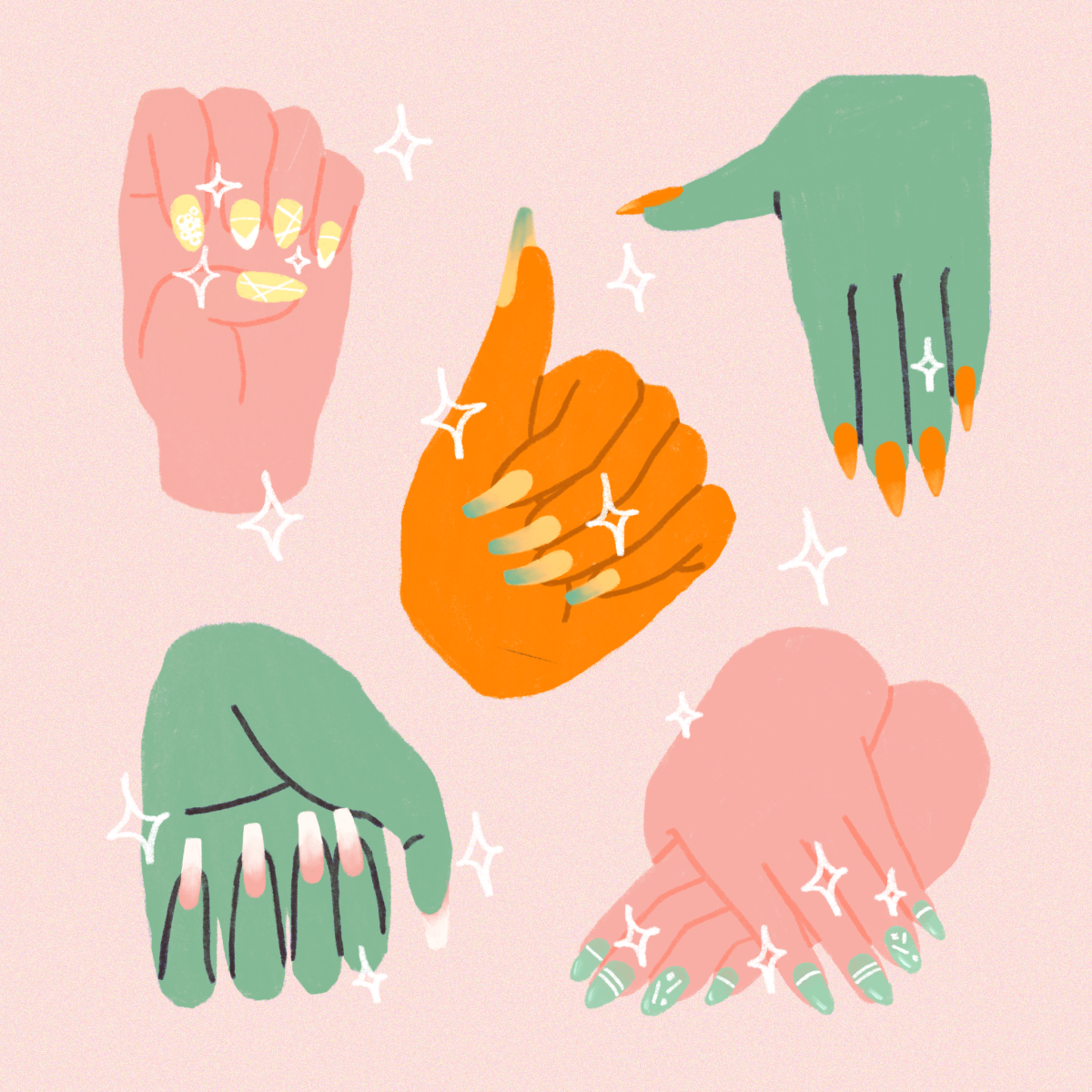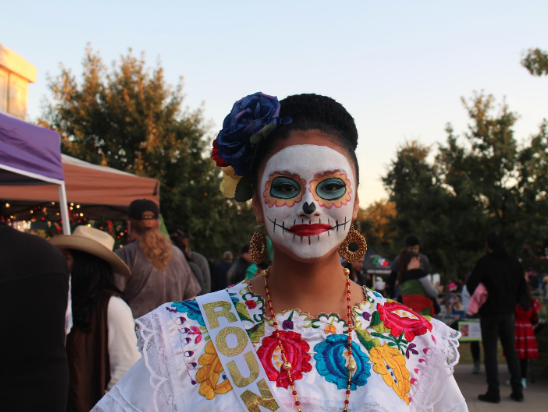Fashion and film go hand in hand. A character’s iconic style shapes who they are. Especially true within the horror genre, costumes are mastered to transform ordinary people into frightening characters.
Story by Alexis Green
With loud prints and colors, the eighties were known for making bold statements with their clothing. When thinking of the film Beetlejuice, the recognizable black-and-white-striped suit and red wedding dress that Winona Ryder almost walked down the aisle in are unmistakable. The eclectic costume designs in Beetlejuice complement the craziness of the characters and makes the film memorable to this day.
The Hunger featured costumes inspired by David Bowie — the lead actor — and designs from Yves Saint Laurent. For once, horror was about being chic and not scary.
Punk helped define the nineties, in which black was the new black. The Addams Family took this style and added a unique gothic spin to it. With her infamous pigtails and collared black dress, Wednesday Addams stands out. Her style remains an inspiration to many. Not to be outdone, Bram Stoker’s Dracula found the perfect balance between the elegance of Renaissance fashion and edginess of punk style to create the long red cape that Dracula is known to wear.
Contemporary entertainment is much more fashionably diverse. In Paranormal Activity, the main characters wore everyday clothing including jeans and t-shirts to present a realistic and natural look. On the other hand, the popular television show American Horror Story: Hotel features the characters of The Countess and Liz Taylor rocking luxurious jewels and gowns that look fresh off a couture runway.
Films and the costumes that help define them have continuously evolved over the years, and yet they maintain the same sense of individuality and wickedness as in the past. As evident in media, the concept of horror can be depicted through multiple, unique designs. These designs will continue to progress with the changing aesthetic of the horror industry.































